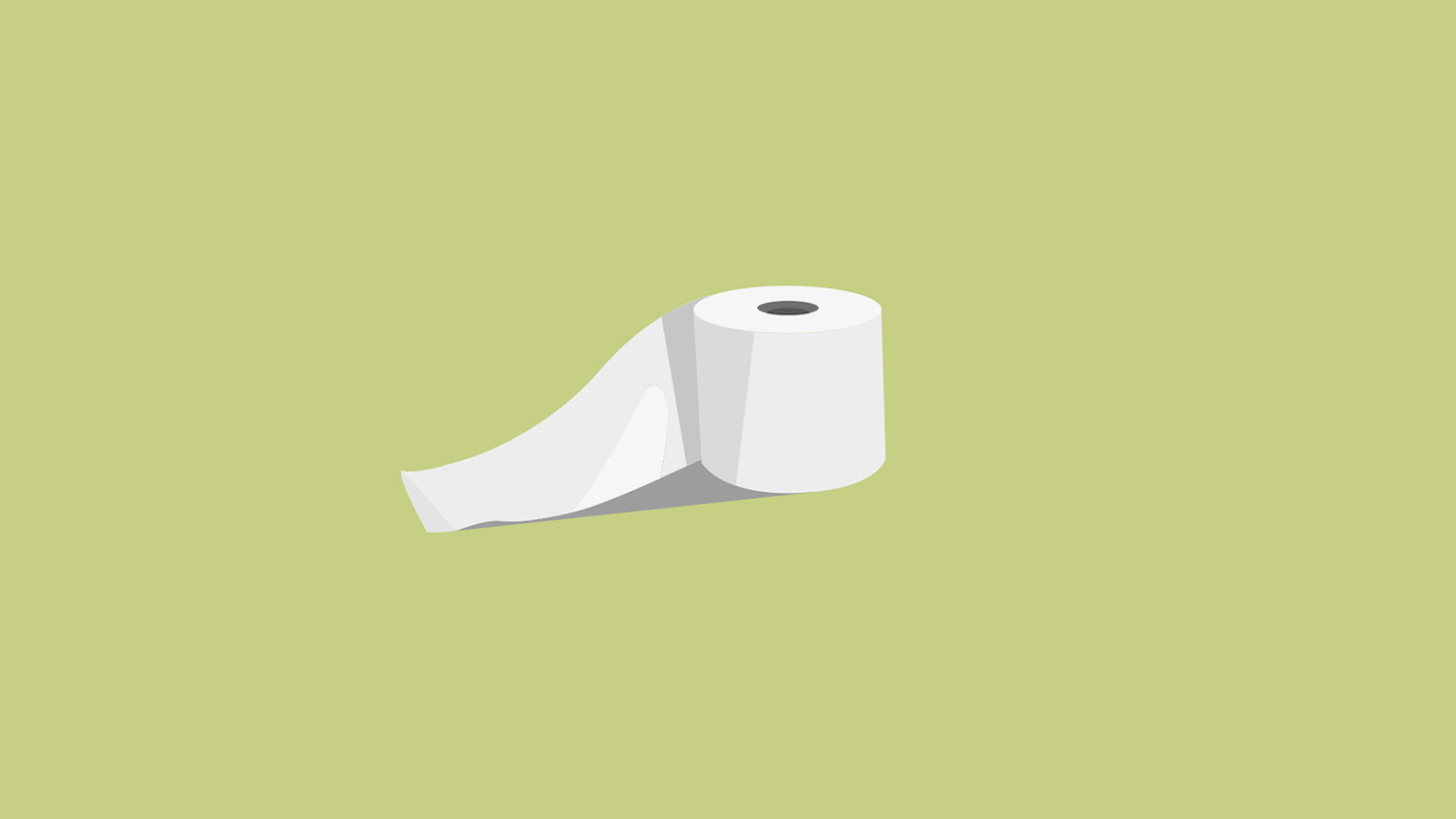How the Coronavirus Created a Toilet Paper Shortage
Many attribute the shortage to disruptions in the supply chain. But it's actually a result of panic-buying, according to Dr. Ronalds Gonzalez, an Assistant Professor in the Department of Forest Biomaterials.

Although the country is slowly reopening amid the coronavirus pandemic, there’s one household item you may still find missing on grocery store shelves: Toilet paper.
Toilet paper became a coveted item in late March when many cities and states across the country issued shelter-in-place orders in response to the coronavirus pandemic, prompting people to purchase large amounts of household goods.
Nearly half of all grocery stores in the United States were out of stock of toilet paper for some part of the day on April 19, the latest date for which figures were available via NCSolutions, a consumer products data tracker.
Many attribute the shortage to disruptions in the supply chain. But the supply chain was — and remains — strong, according to Dr. Ronalds Gonzalez, an Assistant Professor of Conversion Economics and Sustainability in the Department of Forest Biomaterials at NC State’s College of Natural Resources.
Gonzalez, who monitors technological and sustainability developments in the hygiene paper industry as co-director of the Tissue Pack Innovation Lab, said more than 99% of tissue products are manufactured in the United States.
A majority of the industry’s manufacturing facilities are located in remote areas with low population densities, meaning employees are less likely to transmit the virus, miss work and cause production delays. In fact, all toilet paper manufacturing facilities in the U.S. are currently fully operational.
However, because grocery stores and other retailers usually only keep several weeks’ worth of toilet paper in their warehouses, the sudden increase in demand — largely fueled by panic-buying and hoarding — has quickly depleted stocks.
“Consumers are experiencing nervousness and they are buying more than they should, depleting inventories of an industry that is very lean,” Gonzalez said. “It will take a couple of weeks for people to understand they have enough, and the inventories will increase on the shelves.”
Another reason for the sudden increase in demand is that people actually do need more toilet paper during the pandemic. The hygiene paper industry is divided into two markets: consumer (the kind of toilet paper you use at home) and commercial (bulky rolls of thin paper that you find in public restrooms, offices, restaurants and hospitals).
With people staying at home because of business closings and shelter-in-place orders, the demand for consumer toilet paper has skyrocketed while the demand for commercial toilet paper has decreased.
Data from Georgia-Pacific, maker of the Angel Soft and Quilted Northern brands, shows that the average American household — 2.6 people — uses about 409 rolls of toilet paper a year. The company estimates that people will use about 40% more toilet paper than usual if they spend all their time at home during the pandemic.
Gonzalez added that the increased demand for toilet paper will likely lead to a surplus for many manufacturers once the shortage is over. “People will have toilet paper for two to three months and then producers will have to curtail production.”


